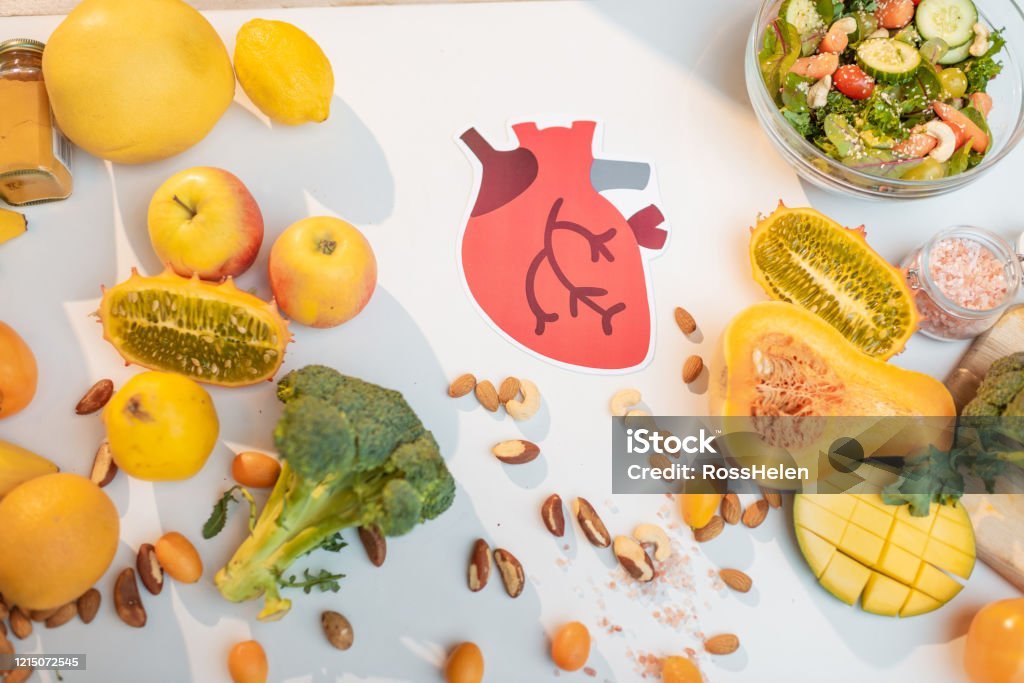Physical Address
304 North Cardinal St.
Dorchester Center, MA 02124
Physical Address
304 North Cardinal St.
Dorchester Center, MA 02124

This isn’t theory—it’s from the front lines of CHF care. Dietary shifts don’t just feel better—they actually ease symptoms and reduce strain.
Sodium acts like a sponge, holding water in your tissues. When your heart’s already struggling, extra fluid makes it work harder
Most guidelines settle around 1,500–2,300 mg/day—that’s about half a teaspoon of table salt
Some fluids count more than you think: soups, gelatin, yogurt, even fruit. Together, they add up fast .
Typical limits: 1.5–2 L per day, but check with your doctor.
Adopt the DASH or Mediterranean pattern:
• Fruits & vegetables: 4–5 servings each
• Whole grains: 6–8 servings (oats, brown rice, whole‑wheat bread)
• Lean protein: Fish, poultry, beans, low‑fat dairy
• Healthy fats: Olive oil, nuts, fatty fish—skip saturated & trans fats
• Potassium balance: Important with diuretics; good sources include bananas, beans, spinach, sweet potatoes—but discuss with your doctor if on potassium-binding meds .
Skip canned soups, cold cuts, frozen dinners—they are sodium traps
Read labels. If sodium appears in the first five ingredients or exceeds 400 mg/serving, put it back.
Use herbs, spices, citrus juices, garlic, vinegar, and salt-free blends (e.g., Mrs. Dash) to elevate flavor
Breakfast:
Lunch:
Dinner:
Swap: Olive oil for butter, fruit for sugary drinks, fresh snacks for processed ones.
Weigh daily. Gain of >2 lb in 24 hr? That signals fluid retention
Log fluids. A 2 L container helps visualize limits
A study found DASH-style eating plus sodium reduction cut CHF markers by ~20 %
Another showed heart-failure risk fell 40 % in those under 75 following DASH
This isn’t about perfection—it’s about consistency over time. Small swaps, daily checking, and mindful eating add up.
The core principle to carry forward is:
Low sodium + balanced, unprocessed foods = less fluid stress + better heart support.
So, where do we go from here? Try one strategy this week—label reading, fluid tracking, or adding a new veggie. Let that small change build momentum. Your heart will thank you.